
Precipitous heights, deep gorges, hillsides replete with sub-alpine vegetation and patches of the cold desert sandwiched between the Great Himalaya and Tibet; Kinnaur’s landscape wears such an attire. Come winter and the vogue changes, the garb now bears different shades of white. The high passes and the peaks become inaccessible and become the abodes of supernatural beings both good and bad. Mist shrouds the trees and the wind howls. The high country now tastes of mystery. Spectres roam the wilderness as the night crawls.
Banshir- a cruel spirit, roams the forests of deodar, it can assume many forms a bear, a giant or a jackal. Chan too is out, and is supposed to inflict sickness on whoever it meets during the ungodly hours of the bitter night. But the people are seemingly safe in their warm kath-khuni homes for their benevolent deity governs the land. Defining god in Kinnaur is hard, well when has it been easy. The extremes of climate, lack of communication and a hard life have made these people(the Kinners) more god fearing and religious. Their practices involve exorcism, auguries, symbolic sacrifice, incantations and mysticism. This pine scented land is inhabited by a people of a rum of a theology. Their faith echoes of Hinduism, Tibetan Buddhism and ancient Animism- an interesting concoction indeed.
Hinduism stands with it’s monotheistic core and a henotheistic crust. God is one but deities many, and you can practically choose the one that suits you to become your ishta-deva/devi or the tutelar deity. A deity that governs the village. Beri-nag at Sangla, Badri-vishal at Kamru- the Kinnauri pantheon is enormous. Tibetan Buddhism comes full circle here. The highly esoteric practice of having a Yidam– a personal deity to aid in meditation, has its roots in the tradition of having an ishta-deva/devi alias kul-deva/devi. Tibetan Buddhism in itself has elements of Shamanism and the ancient Bon religion further linking it to the people of Kinnaur and the cult of Hinduism prevalent here.
Religious tolerance runs in the waters of this land. A Buddhist temple sits proudly in the temple complex of Beri-nag(the local form of Shiva) at Sangla in the Baspa Valley, just one from many of its kind. People believe that the two deities are fast friends and Beri-nag spends weeks talking with his ficus Achates and that he himself ordered for the construction of the Buddhist temple to prevent impending floods from washing away the village. Who would have imagined that these two faiths share a history of animosity, and that at the when Buddhism was brought to the Tibetan court. But it is like it is, three different worlds meet here formulating a vivid culture with a faith which seems to be of a strange definition and that’s the beauty of this land which has kept bigotry at bay.
Lovneet Bhatt


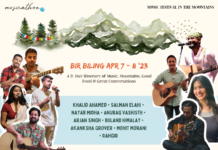


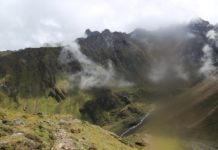
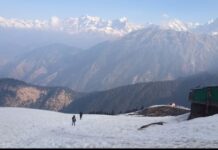
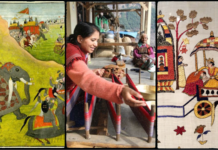

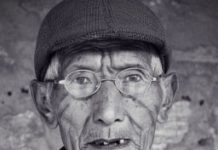


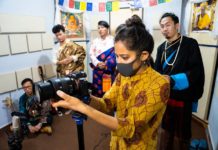




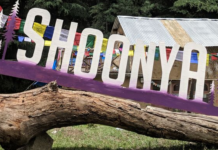
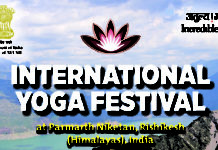


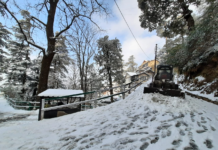
Very interesting, an eye opener for us (Down southern Part). Narrating about the beliefs and religions with tolerance among them gives immense pleasure and good to read and realise the life over there. (Now the main land people commenting about raise in intolerance level, which means their lack of knowledge or awareness ). This article clears the doubt and the existence of the togetherness and the local belief for their fear free life. Ista devi / Kula devi is there to safe guard them.
Would appreciate your efforts, understanding the surroundings and pen it in this article. shows your knowledge level and capacity to absorb the reality.
Keep it up and my best wishes to you Loveneet….
Sanjeevi Raja Chennai